
Art Direction
Traveling chef Ryuji is called back to Tokyo to help save his late teacher’s restaurant. With the help of his close friend Kinu, Ryuji must complete the training of Wataru — the apprentice chosen by his late teacher to become the next master chef — in the art of culinary excellence and running a successful business.
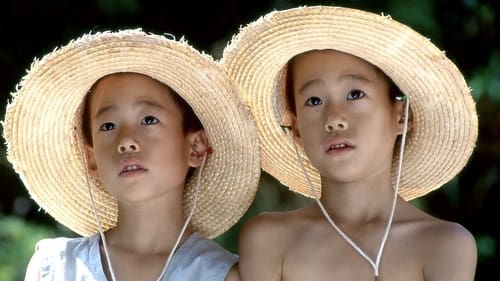
Art Direction
Tells of the childhood of two nine-year-old twins in a rural village in Japan after World War 2. Includes the boys relationships with their schoolteacher mother, civil servant father, elderly landlord, a rough new boy at the school, and three mysterious spirits in the form of old women.
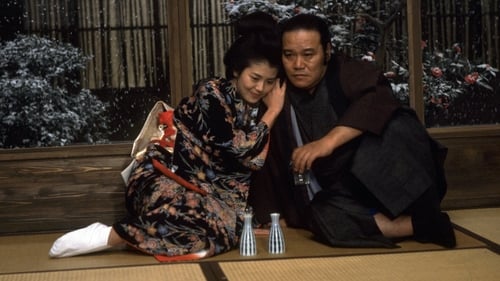
Art Direction
Yasuo Furuhata directs this romantic yakuza flick based on a book by popular romance novelist Tomiko Miyao. Set in 1932, the film centers on Peony (Yoko Minamino), a geisha who was forced into the business at a young age by her dissipated father.

Art Direction
A widow and her two sons, Seitaro and Koji, live in the small town of Komori, where Buraku people are forced to reside. The two boys are continuously harassed by their teachers and classmates through their childhood as a result of their Buraku heritage. In the midst of the 1918 Great Rice Riots in Osaka, Seitaro meets with Asako, the daughter of a rice shop owner, and falls in love with her. She too is of Buraku descent. At the same period, Hideaki, an old friend of the brothers returns to Komori, and he along with Koji and the townspeople create "Zenkoku Suiheisha", the National Levelers Association, an organization pledged to build a bridge over the river of discrimination, making all people equal in every way.

Art Direction
The unexpected death of Fujishima Motoharu, president of a medium-sized firm, triggers a fierce battle over his estate inheritance among family members.

Art Direction
Un burdel en una zona rural es el punto de encuentro habitual de diversos ronin, samuráis sin amo que desahogan en la bebida y las chicas sus frustraciones. Alcohol y pasión no suelen combinar bien con espadas y gente desesperanzada, el conflicto está servido.
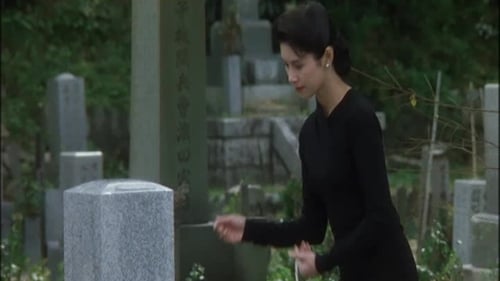
Art Direction
The widow of a murdered yakuza boss serves jail time for attacking the man she believes killed her husband. After her release, as she is shadowed by a hitman, she returns to thoughts of revenge.
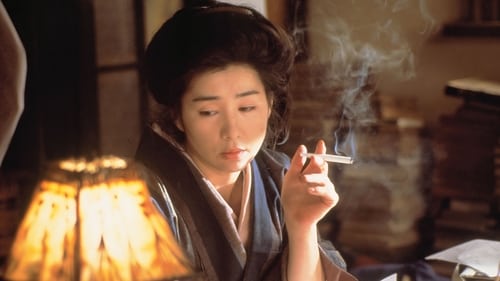
Art Direction
Set in the Taisho era, which might be regarded as Japan's Hippie Phase, Hana no ran is a story about fashionable people without impulse control. Much of the action centers on a popular woman writer, the real-life poet Akiko Yosano, and her experiences among the literati of early 20th century Japan. Because of her independent, anti-war and often erotic poetry, she was a lightning rod for revolutionaries and other extremists, many of whom were destined to glamorous, yet ultimately pointless, deaths. The closest parallels might be the Byron/Shelley group or the people drawn to the Beat Generation.

Production Design
Narra la amistad de dos niños de familias muy dispares en el Japón de la posguerra. (FILMAFFINITY)

Art Direction
Una bella mujer de ciudad es raptada por un bandido que acaba enamorándose de ella. Tras el secuestro, el bandido tratará de cumplir todos los deseos de su presa, pero los caprichos de la mujer son cada vez más descabellados.
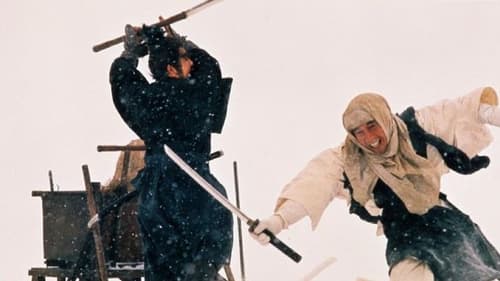
Production Design
Sexta entrega de la serie de adaptaciones al cine de imágen real del famoso manga escrito por Kazuo Koike y dibujado por Goseki Kojima. Narra las aventuras de un Samurai que trabaja con su hijo siempre acompañándole en sus viajes. El fin de la saga, y la batalla definitiva entre Ogami Itto y Retsudo. Con la mayoría de su familia muerta a manos de Ogami, Retsudo lanza su último ataque para destruirlo. Una vez fracasado, Ogami desata toda su furia contra el ejercito de los Yagyu.
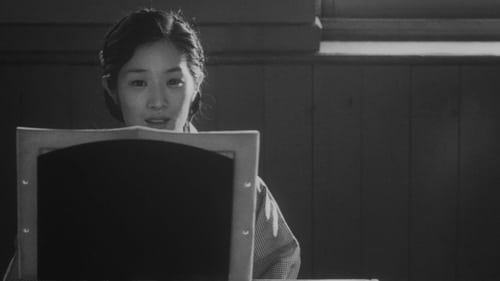
Art Direction
A freestyle biopic of Ikki Kita, the ultranationalist intellectual whose ideas inspired the failed military coup in 1936.

Production Design
Segunda en una serie de adaptaciones al cine de imagen real del famoso manga escrito por Kazuo Koike y dibujado por Goseki Kojima. Narra las aventuras de un samurai que trabaja con su hijo, el cual siempre le acompaña en sus viajes. En esta ocasión deberá enfrentarse a un grupo de ninjas femeninas al servicio del Clan Yagyu. También deberá asesinar a un traidor que planea vender los secretos de su clan al Shogunate.

Production Design
Story about a big boss who built the foundation of an industrial city.

Art Direction
BLOOD END is one of the great unknown films from Japan's golden era of the late 1960's. Starring NAKADAI Tatsuya in one of his best roles, this is the story of the Mito Tengu Group who attempted to overthrow the Shogunate at the beginning of the Bakumatsu Period. Their political aspirations led to countless assassinations, as well as senseless killing of innocent people who got in their way. Sentaro (NAKADAI), a farmer who's been severely beaten for his outspoken defiance of the government and the high taxes during a time of famine is befriended by one of the group's leaders, KADA Gentaro (KATO Go) and joins up. This is the masterpiece of director YAMAMOTO Satsuo (who is best known for the first film in the NINJA, BAND OF ASSASSINS series) the erstwhile 'Leftist' director, who used his films to make his political points. Stunning fight choreography, and ultra-violence make this one of the bloodiest films of that era. A powerful film Rare classic!

Art Direction
An abandoned temple in the mountains outside of the old capital city of Kyoto is the scene of a fated meeting between a traveling priest, two women, and a vicious killer. Bloody violence erupts whenever strangers approach the temple. Can the traveling priest bring his belief in the Buddha and rid the three temple residents of the devils that hold their souls?
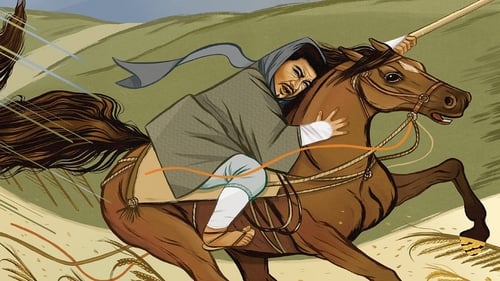
Art Direction
Zatoichi is forced to kill a young man who owes a debt to a yakuza boss. Moments later, his sister Osode arrives with the money she earned (prostituting herself) to pay his debts. The bosses true motives are revealed and he attempts to steal Osode even though the debt is paid. Zatoichi realizes his grievous error and protects the girl from the gang. Osode and Zatoichi are caught in a dilemma as she must rely on her brother's killer for protection and Zatoichi wrestles with the injustice he has caused.

Production Design
The film portrays a satirical view of today's heartless money-oriented society.

Production Design
Film directed by Kenji Misumi
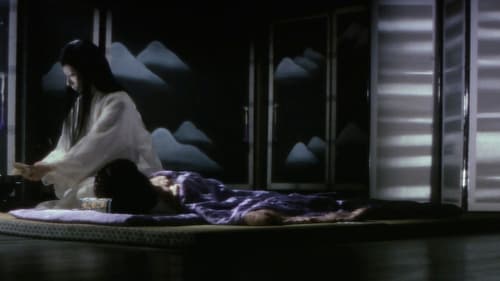
Art Direction
A master sculptor and his apprentice are trapped in a bad snow storm after finding a special tree for carving a statue for the local temple. Finding refuge in an abandoned hut they celebrate their luck in finding the tree but soon they are visited by the Snow Witch who freezes the sculptor to death but takes pity on the apprentice. He must promise to never speak of this or she'll return and kill him.

Production Design
A master sculptor and his apprentice are trapped in a bad snow storm after finding a special tree for carving a statue for the local temple. Finding refuge in an abandoned hut they celebrate their luck in finding the tree but soon they are visited by the Snow Witch who freezes the sculptor to death but takes pity on the apprentice. He must promise to never speak of this or she'll return and kill him.

Art Direction
Two devious retainers are competing to take control of a fief when the current Lord dies, but involving Kyoshiro in the conflict against his will is the textbook example of a bad idea - especially when the collateral damage starts to tick him off.

Art Direction
In the 19th century Edo period, sisters Oshizu and Otaka have sacrificed their personal happiness to work and care for their ailing father. Otaka falls in love, but can’t accept a marriage proposal since her older sister needs to marry first. When Oshizu learns of this decision, she takes matters in her own hands.

Production Design
A Japanese film

Art Direction
En el siglo XIV, Mikoshiba Danjou invade dos ciudades, Chigusa y Nagoshi. Danjou destruye la estatua de su dios, venerado por la gente de las dos ciudades. Danjou también trata de crucificar a Sayuri, una princesa de Nagoshi y a Tokisada, un príncipe de Chigusa, que están enamorados. Cuando Sayuri reza una plegaria a sus dios, la estatua vuelve a la vida.
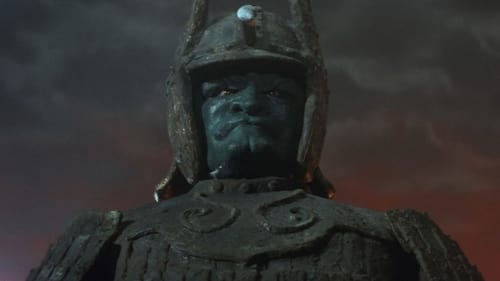
Art Direction
En una montaña, una estatua de piedra lleva atrapada dentro el espíritu de un dios muy poderoso. Por ello los habitantes del poblado le rezan por la alma retenida. El señor feudal del lugar no le importa pero uno de sus hombres que se hace con el poder con un golpe de Estado, decide destruir el monolito de piedra. Es entonces cuando Majin se despierta gracias a una plegaria, monta en cólera y deja a las fuerzas del gobernador hechas trizas y va en su búsqueda.
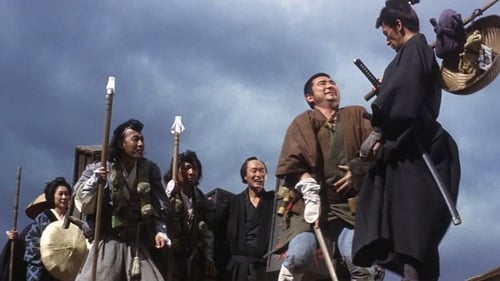
Production Design
Zatoichi makes friends with a dangerous chess player, while fending off angry yakuza and bloodthirsty relatives out for revenge, and trying to save a sick child. Meanwhile, his luck with dice is turning.

Art Direction
Fifth film in the series. When Kyoshiro, in a moment of weakness, saves the life of a woman being attacked on the road, he quickly finds himself entangled in a conspiracy involving a corrupt chamberlain, a wily merchant, the survivors of a pirate gang, and a missing treasure trove.
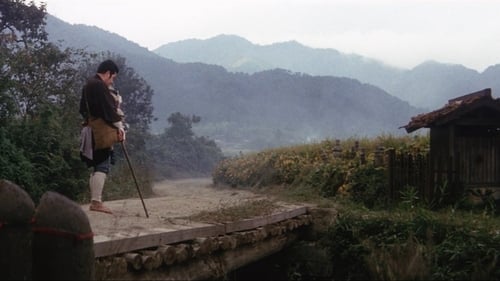
Art Direction
Octava de las veintiséis películas basadas en el personaje de Zatoichi interpretado por Shintarô Katsu. En esta octava entrega, una mujer es asesinada por error al ser transportada en un palanquín. Por fortuna consigue proteger la vida de su bebé y este sobrevive. Zatoichi se siente culpable de la muerte de la mujer debido a que él debía de haber sido el objetivo del ataque y por ello decide transportar al bebé hasta la aldea de Miyagi, lugar donde se encuentra el padre de la criatura.
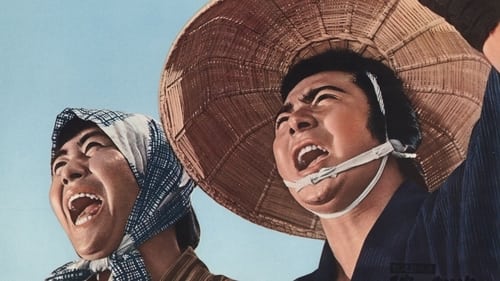
Art Direction
The second film in the "Suruga yukyoden" series, in which Shintaro Katsu plays Jirocho Shimizu. The film features Omasa, Komasa, Ocho, who will become Jirocho's wife, as well as other members of his future family. There is a particularly great swordfight near the end where Katsu and cronies attack the rival villainous yakuza clan to rescue their ailing, elderly boss. The action choreography, cinematography and editing of this sequence is quite brilliant, treading a difficult tightrope act between genuinely goofy antics and exhilirating, bloody violence.

Art Direction
A wandering gambler strolls into a village searching for his father's killer, unaware that the village is run by criminals who sell the poorest peasants into slavery.

Production Design
[Period covered: 1614-1615] 4th film in the shinobi no mono series Tokugawa Ieyasu is now the ruler of all Japan. But one last loose thread must be tied up before his domination is complete -- the destruction of the Toyotomi clan, now beseiged in Osaka castle. Ieyasu's ninja are the only ones who can penetrate the fortress, but unfortunately for Ieyasu, Kirigakure Saizo (Ichikawa) and the other Toyotomi ninja can just as easily get out. As armies of samurai maneuver for battle, the fate of the nation will be decided by a desperate struggle in the dark!
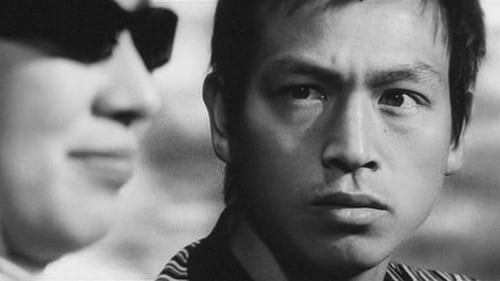
Art Direction
Kokubu Jiro is the captain of his university's Kendo team. Often standoffish, mild, stoic and minimalist, Kokubu is a mystery to those who know him. Kagawa wants to understand Kokubu, but being arrogant and flashy, has a hard time connecting with Kokubu.

Art Direction
Wandering samurai Nemuri Kyoshiro (Raizô Ichikawa) finds a bulls-eye on his back after befriending the shogunate's tightfisted financial adviser, Asahina, who's earned the wrath of the shogun's self-indulgent daughter for cutting off her allowance. The enraged princess promptly hatches a scheme to have Asahina bumped off -- along with his protector, Kyoshiro. Shiho Fujimura also stars in this installment of the enormously popular film series.

Art Direction
Nemuri Kyoshiro, a youthful and cynical ronin with unparalleled skill, is approached by both sides in a game of corruption, ambition, and double crosses. The leader of the Kaga clan, who thinks he has killed his smuggling partner, fears that the shogunate will discover his illegal activities. He learns of evidence that will prove his guilt. Meanwhile, his partner is not dead, and, assisted by a master of Shorenji boxing, is looking for revenge and for his loot. The Kaga leader sends the beautiful Chisa to enlist Nemuri's aid. The unexpected happens: the hard-bitten Nemuri falls in love. Can he protect her, topple the criminals, and avoid the boxer's deadly skill?

Art Direction
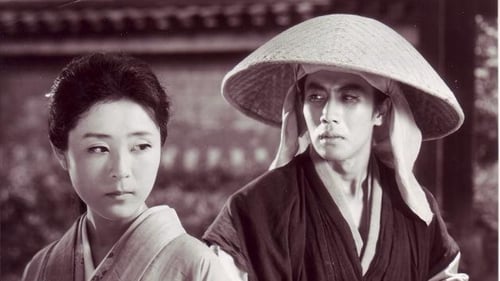
Art Direction
[Period covered: 1582-1594]. As the film opens, the warlod Nobunaga Oda rides to Iga Ayanokuni shrine. He is asked if he thinks he has destroyed all the ninja who opposed him and answers that he suspects that there may be more. A servant brings water and tests it first. The paige dies and we hear gunshots as two ninja flee the scene. His suspicions confirmed, Nobunaga oversees the execution of captured ninja and decides that, in the future, he needs a much crueler method of execution. The daimyo Hideyoshi comes to visit.
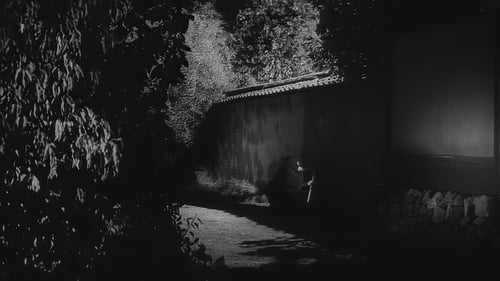
Art Direction
Warlord Oda Nobunaga seeks to unite a fractured Japan. A young man trained in the arts of ninjitsu is manipulated by a ninja master into attempting to assassinate the warlord before he completes his task.

Set Decoration
The son of an executioner and the assassin he loved yet murdered learns of his origins, leaving his foster parents to avenge his mother's death.
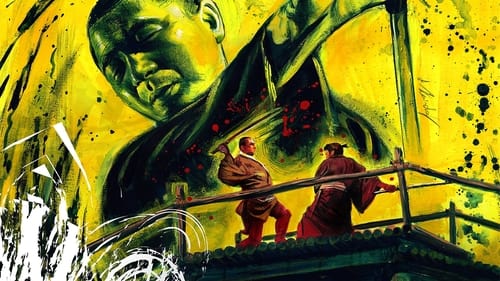
Production Design
Primera de las veintiséis películas basadas en el personaje de Zatoichi interpretado por Shintarô Katsu. En esta primera película se presenta al personaje de Zatoichi como un masajista ciego extremadamente hábil luchando con la espada, el cual se encontrará en medio de la lucha de dos clanes yakuza rivales (Lioka y Sasagawa).

Art Direction
Adaptation of a famous Kyouka Izumi novel. Set in the early 1900's, it tells the story of the impossible love between a young scholar a beautiful geisha.
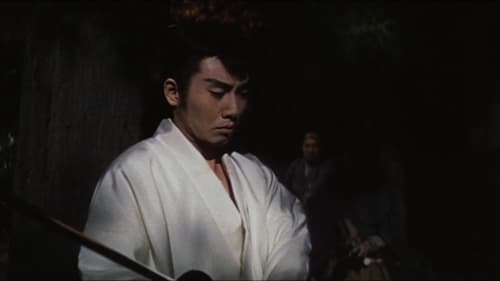
Art Direction
El asesino Tsuke Ryunosuke conoce a una mujer que se parece a su esposa asesinada Hama, y juntos tratar de evitar la venganza que buscan su hermano menor, Utsuki Hyoma de los Shinsengumi. Muchas figuras históricas se encuentran en esta película y supuestamente el carácter de Ryunosuke se basó en una persona de la vida real. Esta es la segunda de la trilogía.
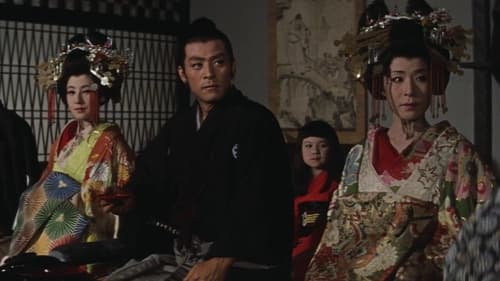
Art Direction
Basada en la novela THE GREAT BUDDHA PASS (la fuente de SWORD OF DOOM), esta versión de la clásica historia va más acorde con la novela original.
La historia de un asesino a sangre fría, Tsuke Ryunosuke y sus desventuras en Japón durante la década de 1860. Como telón de fondo de la agitación política de la época.
Esta es la primera de la trilogía.

Production Design
Japan, 1643, as the Kato clan of Aizu falls from power two brave samurai will settle a dispute in the time-honored tradition of their clan, by drawing their blades in a duel to the death.

Art Direction
Set in the middle of the Edo period (1603-1867), this tragic love story takes its cue from a celebrated historical case tried by magistrate Tadasuke Ooka, whose shrewd legal decisions became the stuff of legend. Okuma Shirokoya, the daughter of a lumber merchant in Edo (today’s Tokyo), embarked on an affair and was executed after conspiring with her maid to murder her husband. (Source: https://festival.ilcinemaritrovato.it/en/proiezione/shirokoya-komako/)
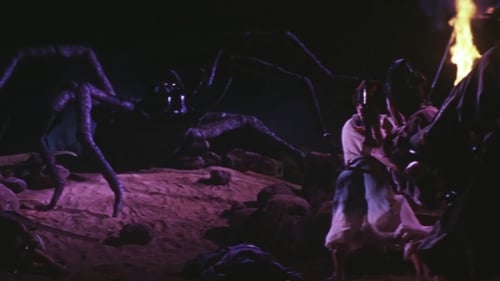
Art Direction
A demon-faced monster seeking revenge appears in the forms of a gigantic ox and a huge spider! The young Genji warrior protects the Fujiwara Clan and the beautiful lady in tragic love! A grand visual epic told with mesmerizing extravagance!

Art Direction
A gorgeous tragic love picture scroll depicting a beautiful woman who weeps over her strange fate and falters in her search for true love!
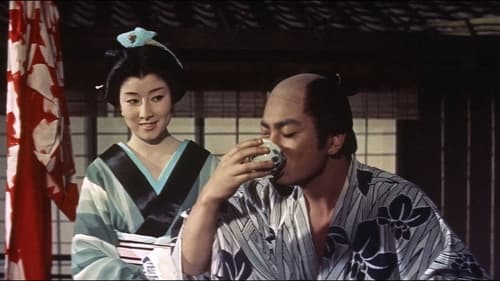
Art Direction
Legendary yakuza Shimizu Jirocho and his 28 henchmen travel the unruly path from a 'Fire Festival' in Akiba to a decisive battle by the Fujigawa.

Art Direction

Art Direction

Art Direction
A beautiful girl who seeks revenge, disguises herself by dressing up in men's clothes, geisha, etc. A young swordsman helps her uncover the plot and take revenge.

Art Direction

Art Direction

Art Direction

Set Decoration
A poor peasant, after years of scraping, becomes a rich and powerful Osaka merchant. Mizoguchi Kenji's final project; he died before completing it and directing duties turned over to Yoshimura Kozaburo.
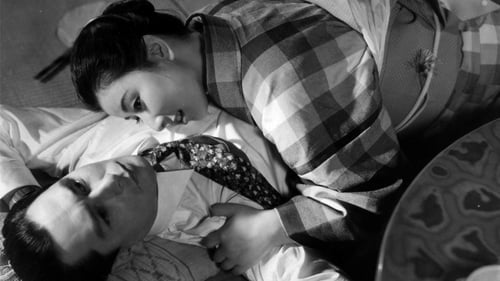
Art Direction
In Kyoto a young kimono maker with traditional ideas gets involved with a married professor.

Art Direction
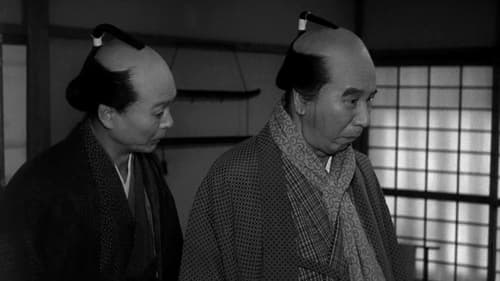
Assistant Art Director
Adaptación de una obra de teatro (kabuki) del siglo XVII de Chikamatsu Monzaemon. Osan vive en Kioto y está casada con Ishun, un rico y tacaño funcionario. Cuando Osan es acusada falsamente de tener una relación con Mohei, ambos huyen rápidamente de la ciudad. Ishun, por su parte, ordena a sus hombres que los encuentren y los separen para evitar el escándalo.
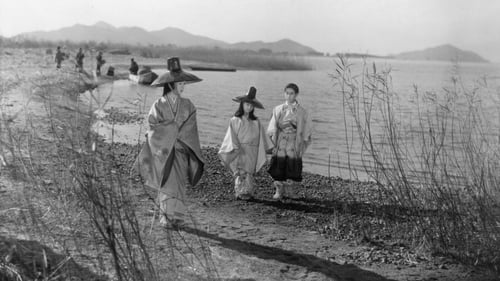
Assistant Art Director
A finales de la Era Heian en el siglo XII, el gobernador de un pueblo es enviado al exilio. A pesar de que su familia quiere ir con él, ninguno podrá acompañarle, pues, engañados por una vieja que se hace pasar por sacerdotisa, son vendidos como esclavos por separado: la madre por un lado y los hijos por otro.















































